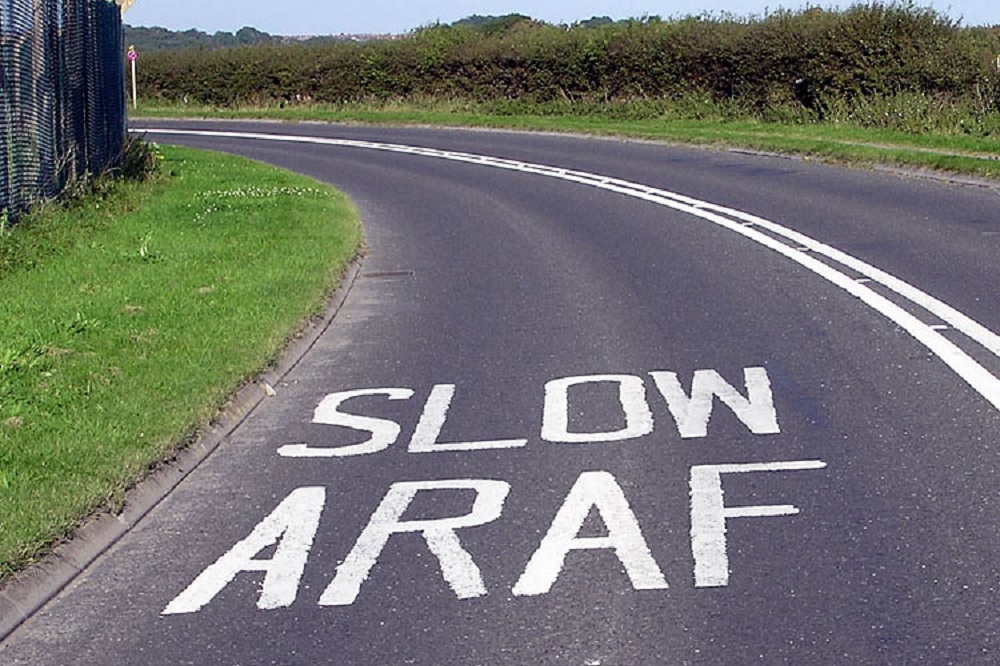What it will take to get to a million Welsh speakers by 2050

Cynog Dafis
When Alun Davies and the Welsh Government set a target of a million Welsh-speakers by 2050, they radically changed the policy agenda.
Instead of continuing to talk about protecting and preserving the Welsh language the intention is now to restore Welsh as a widely-used national language.
One million is the equivalent of one-third of the total population and because they would comprise the younger age-cohorts they would provide the platform of further growth post-2050.
The jargon for this kind of process is ‘Reversal of Language Shift’; it means reversing a process of retreat that has been under way, and seemingly inevitable, since the Industrial Revolution.
Two questions arise from this: what exactly does the target mean, and is it feasible?
First then, what does it mean?
Welsh Government policy documents emphasise usage, not just competence, thus avoiding the Irish syndrome whereby large numbers of people know, but wouldn’t dream of using, Irish.
Let’s remind ourselves then that language is a social phenomenon. A living language needs a community – in the jargon “a speech community” – a group of people who normally communicate with each other through it, rather than any other language (in this case English) on a daily basis.
There are different kinds of communities. At the risk of over-simplification let’s categorise them as follows:
1 Geographical communities; areas where at least a high proportion of the population are Welsh speakers and where the language is dominant in social intercourse. These are priceless assets to the language, to be strengthed, built upon and grown. Currently, they are scarce and it would be a mistake to put all our eggs in this basket.
2 Institutional communities, for example, some county and community councils, designated Welsh schools, some organisations such as housing associations, the National Eisteddfod, S4C etc. The aim here is to prevent the erosion of the language within them (as is palpably the case with S4C), to strengthen them and add to their number.
3 Networked communities. The reality is that most Welsh-speakers live their lives dispersed among non-Welsh-speakers but there is considerable networking among them. Here the aim is to facilitate this networking and to ensure that the activities of the networked Welsh-language community are creative, attractive – and influential. There is already much to celebrate here.
We need to bear in mind the self-evident fact that Welsh-speakers are now universally bilingual. The great majority of habitual English-speakers are non-Welsh-speakers, which means that in mixed language situations monolingual speakers have the whip-hand, not the bilinguals.
In formal situations of this kind where there is an instantaneous translation (the National Assembly is the best example), the aim would be that Welsh-speakers have the self-confidence to use their language invariably. We all know that this is not the case but that should be the aim.
Not fit
Now we come to the second question: is two million speakers by 2050 feasible?
Bearing in mind the remarkable current vitality of the Welsh-language, despite all the pressures, we must believe that it is, on condition (i) that there is the political will and public acceptance (ii) that adequate resources are deployed (iii) crucially, that the process of restoration is intelligently and rigorously planned.
This means that comprehensive language planning must be fundamental. The question then becomes, who does the planning? What kind of organisational structure do we need to get on with the job?
Dyfodol yr Iaith’s view is that the current structure is not fit for purpose.
First, we have the Welsh Language Commissioner who is responsible for safeguarding the rights of Welsh-language speakers. This means ensuring that if you want to use the Welsh language with public bodies, you should be able to do so with ease. That is important but it is only a limited part of language planning.
Second, we have the Welsh Language Unit within the Welsh Government’s civil service, responsible for the general strategy. This Unit has some expertise and some able staff members but it is buried within the ranks of the civil service, hidden and comparatively powerless.
The Welsh Government’s intention was to remedy this unsatisfactory system through the creation of an arms-length public body, the Welsh Language Commission, to take responsibility for comprehensive language planning. Regrettably this became a source of contention and the Welsh Language Bill was abandoned. So what next?
Dyfodol yr Iaith proposes a compromise, already, so we understand, being contemplated. This would entail retaining the Commissioner, responsible for language rights, and establishing a powerful, high-status Welsh Language Agency, within Government, possessing the expertise, the resources and the influence across all areas of Government, to drive forward the process of restoring the language – overseen by and accountable of course to the relevant Cabinet Minister.
The Minister is crucial, but ministers come and go and the essence of comprehensive language planning is continuity and consistency over an extended period of time.
This article is adapted from a speech delivered by Cynog Dafis, board-member of Dyfodol I’r Iaith at the Welsh Language lobbying organisation’s AGM at Carmarthen on May 25 as part of a panel discussion also addressed Welsh-Language Minister Eluned Morgan and Plaid Cymru leader Adam Price.
Support our Nation today
For the price of a cup of coffee a month you can help us create an independent, not-for-profit, national news service for the people of Wales, by the people of Wales.




